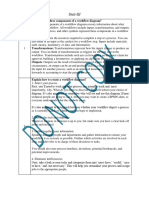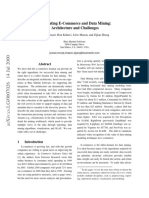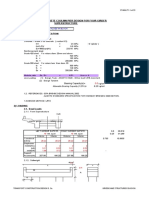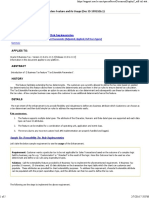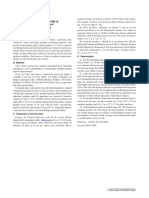0% found this document useful (0 votes)
66 views13 pagesLow Level Design Document
The Low-Level Design (LLD) document outlines the internal logic design for analyzing Amazon sales data, detailing the architecture, data sourcing, transformation, and reporting processes. It emphasizes the importance of sales management in e-commerce and provides a problem statement focused on improving distribution methods based on sales trends. The document also includes a comprehensive data dictionary and describes the steps for data pre-processing, cleaning, exploratory data analysis, and modeling.
Uploaded by
huoplCopyright
© © All Rights Reserved
We take content rights seriously. If you suspect this is your content, claim it here.
Available Formats
Download as DOCX, PDF, TXT or read online on Scribd
0% found this document useful (0 votes)
66 views13 pagesLow Level Design Document
The Low-Level Design (LLD) document outlines the internal logic design for analyzing Amazon sales data, detailing the architecture, data sourcing, transformation, and reporting processes. It emphasizes the importance of sales management in e-commerce and provides a problem statement focused on improving distribution methods based on sales trends. The document also includes a comprehensive data dictionary and describes the steps for data pre-processing, cleaning, exploratory data analysis, and modeling.
Uploaded by
huoplCopyright
© © All Rights Reserved
We take content rights seriously. If you suspect this is your content, claim it here.
Available Formats
Download as DOCX, PDF, TXT or read online on Scribd
/ 13

























